Description
Ashfield Hall
Mentioned in 1421, the hall was built by William Ashfield, who was living in Much Wenlock in 1396.
It was the religious orders which, in the middle ages, provided such social services as existed. In 1267 St John’s Hospital, run by monks, offered accommodation to “lost and naked beggars”. Like other such institutions for the very poor, it was probably sited on the edge of the town and, in view of the fact that the top of what is now the High Street became known in 1316 as Spittle (Hospital) Street, it probably stood on the site of Ashfield Hall. A stream, aptly known in 1321, well before any attempt at proper sewage control, as Schittebrok, ran through the town past this point. Later culverted, it still runs below street level.
The timber-framed section was probably built by the locally important Lawley family, who bought the Priory estate after the Dissolution of the Monasteries. Slightly later, in 1554, it was the scene of a magnificent banquet in honour of the Lord President of the Council of the Marches, whose base was at Ludlow Castle.
The English Civil War
On 12 October 1642 King Charles stayed here when it was called the Blew Bridg Inn after the bridge over the stream in front of the house; after the Battle of Worcester en route from Shrewsbury to Bridgnorth on his way to the Battle of Edgehill in southern Warwickshire on Sunday 23rd October 1642. The house afterwards finally degenerated to a “common lodging-house.” At this time, the population on Much Wenlock is estimated as being between six and seven hundred. (The 2001 census placed the town’s population at 2,605.)
In 1645 a cavalry skirmish brought victory to Sir William Vaughan, the Royalist commander, and later on in the same year the rearguard of the king’s troops spent the night here, again en route for Bridgnorth. It was in the same year, though, that the Royalist cause began to fail and, within weeks of the fall of Shrewsbury Castle, Benthall Hall had been taken for Parliament. This event will have had great impact locally and convinced people that the king’s cause was lost. Soon Ludlow, the last important Royalist stronghold, was to collapse, taken by the Parliamentarian general Sir William Brereton at the end of May.
A grade II* listed building
Consisting of two distinct portions. The left-hand side is the original C15 structure of coursed stone rubble with stone dressings, and the right-hand of timber frame and plaster was added late C16. The left-hand wing has a large plain rourd-headed arch, with blocked two-light stone mullioned window above. The lower stage of a buttress remains, the upper storey having been altered to contain a late C15 gabled dormer with an eight-light mullioned and transomed window. The right-hand wing has a gabled square bay over two storeys and attic with moulded wood mullioned and transomed five light window. The returned side is gabled and timbered to base. Stack with diagonal brick shafts. Tiles.

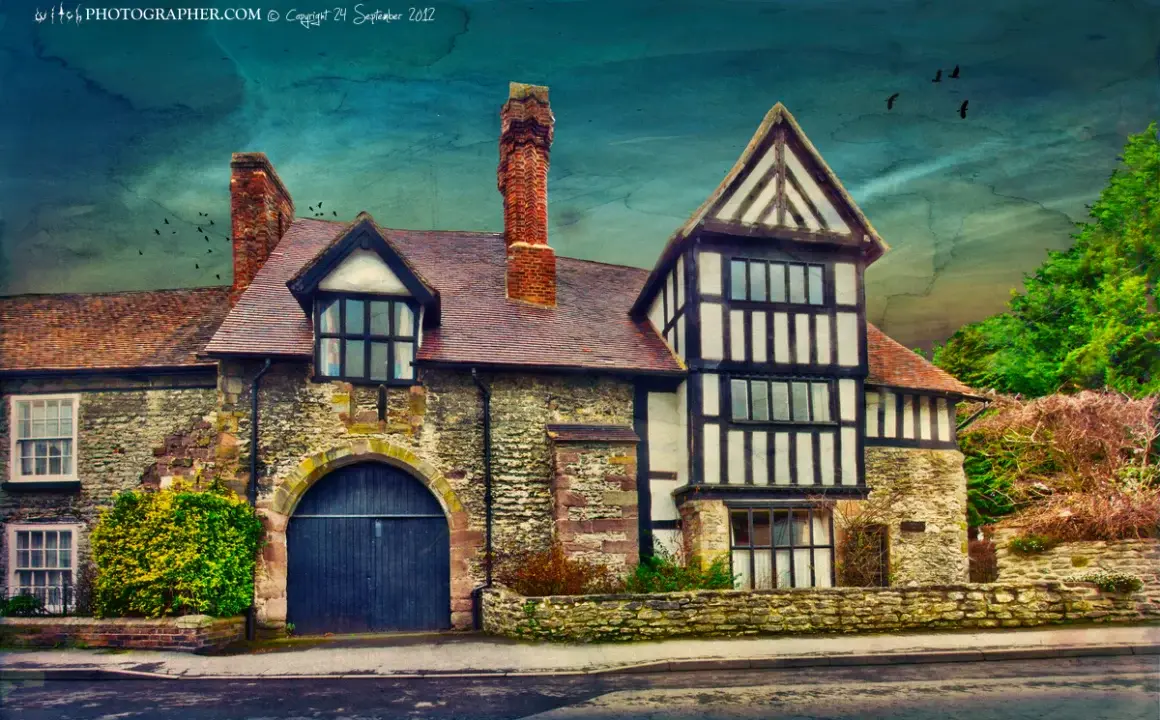
 Click a section to zoom in. These are
Click a section to zoom in. These are 






























































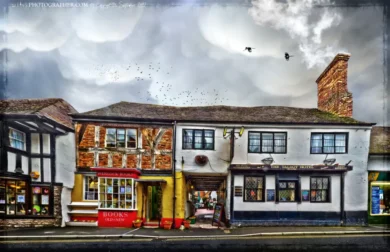

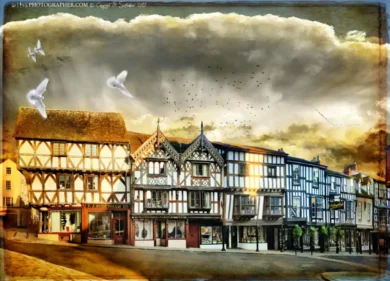

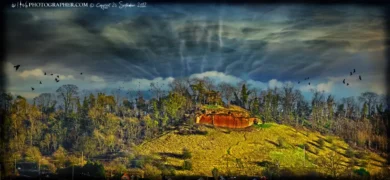
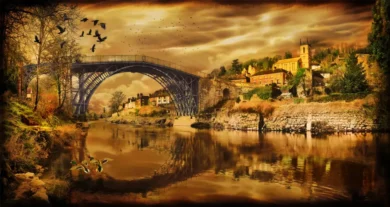
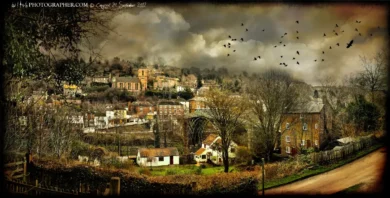
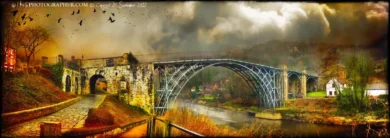
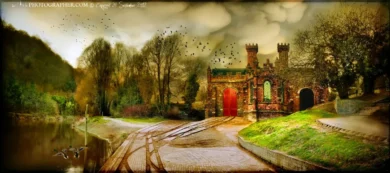

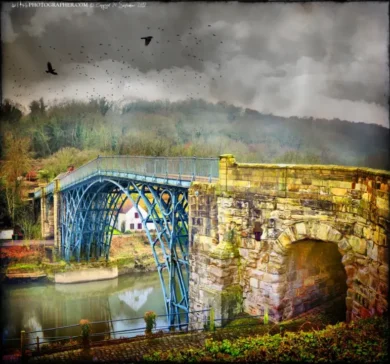
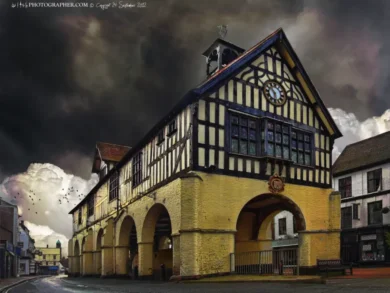
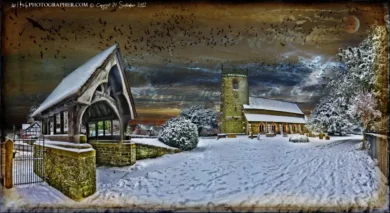
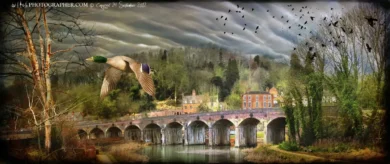

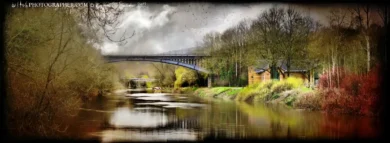
Reviews
There are no reviews yet.